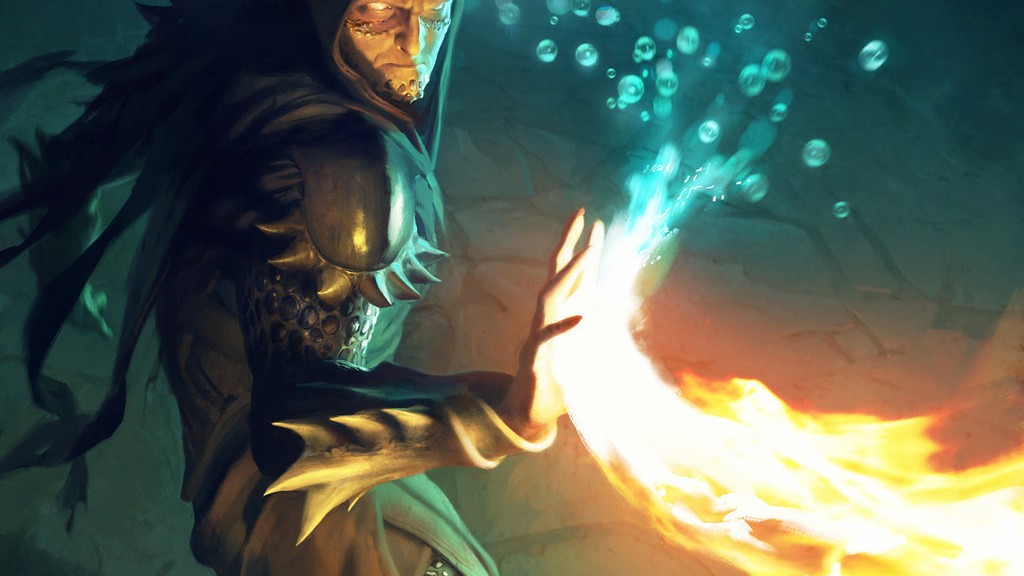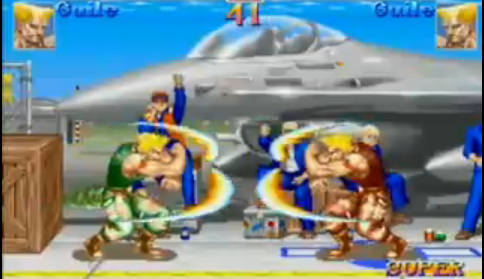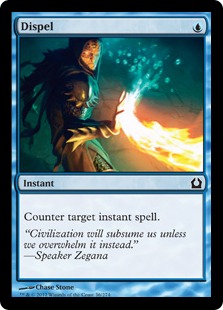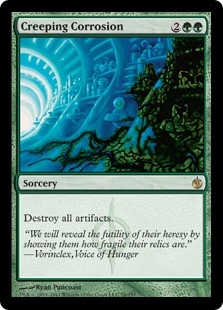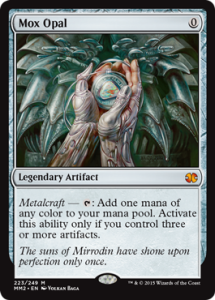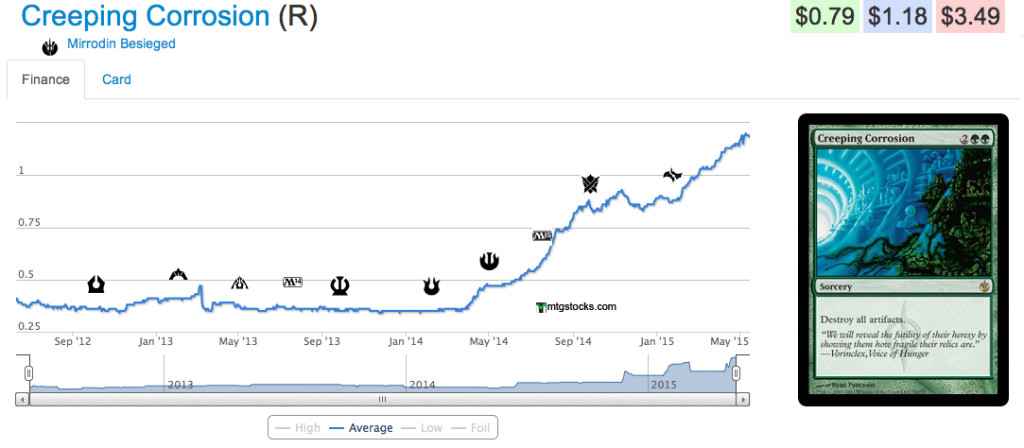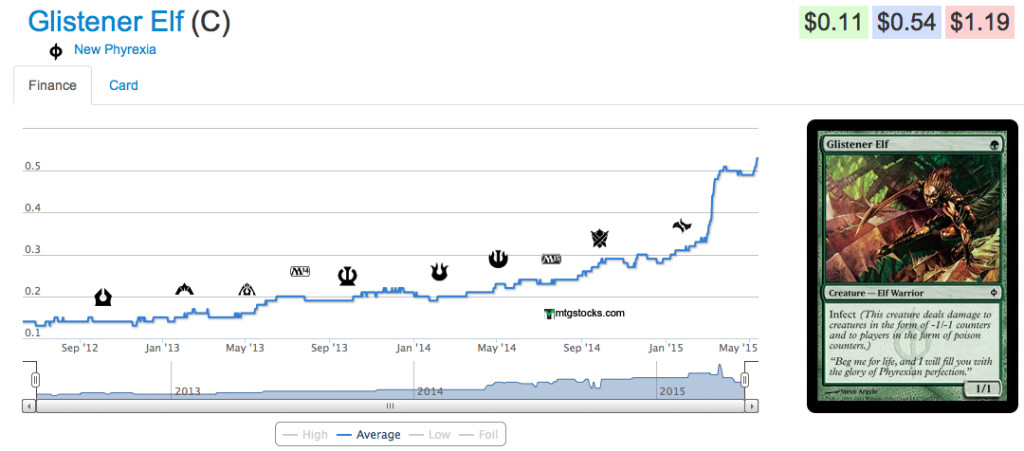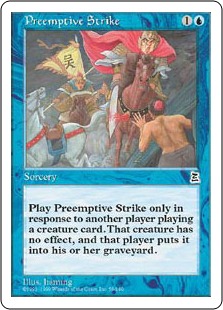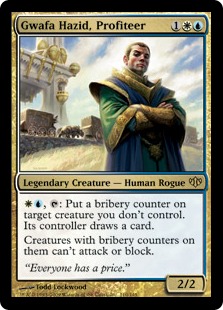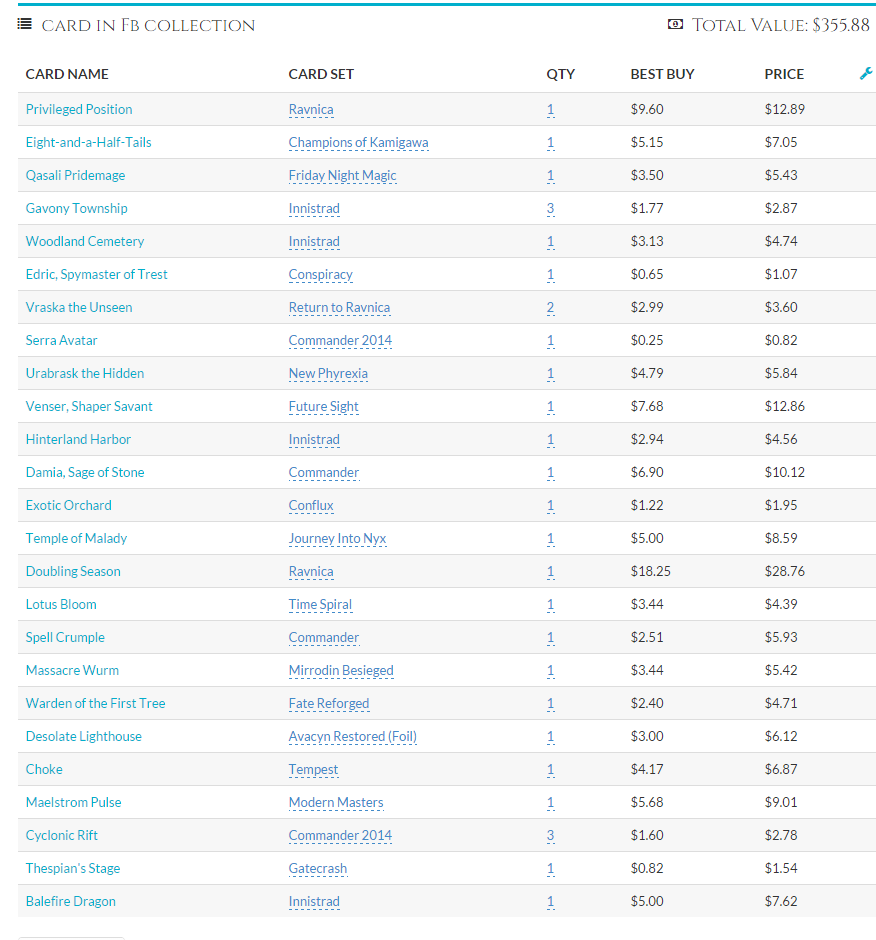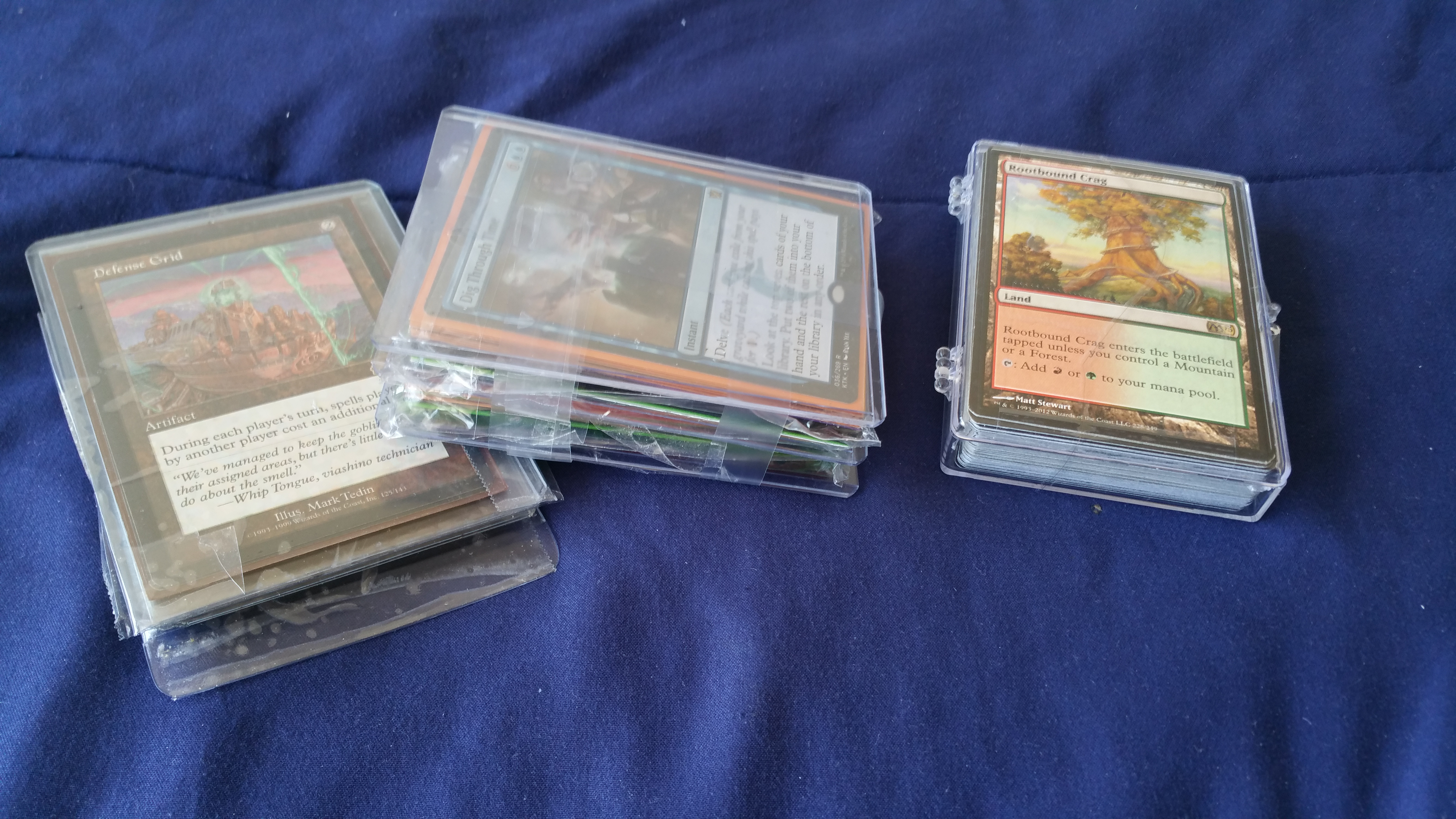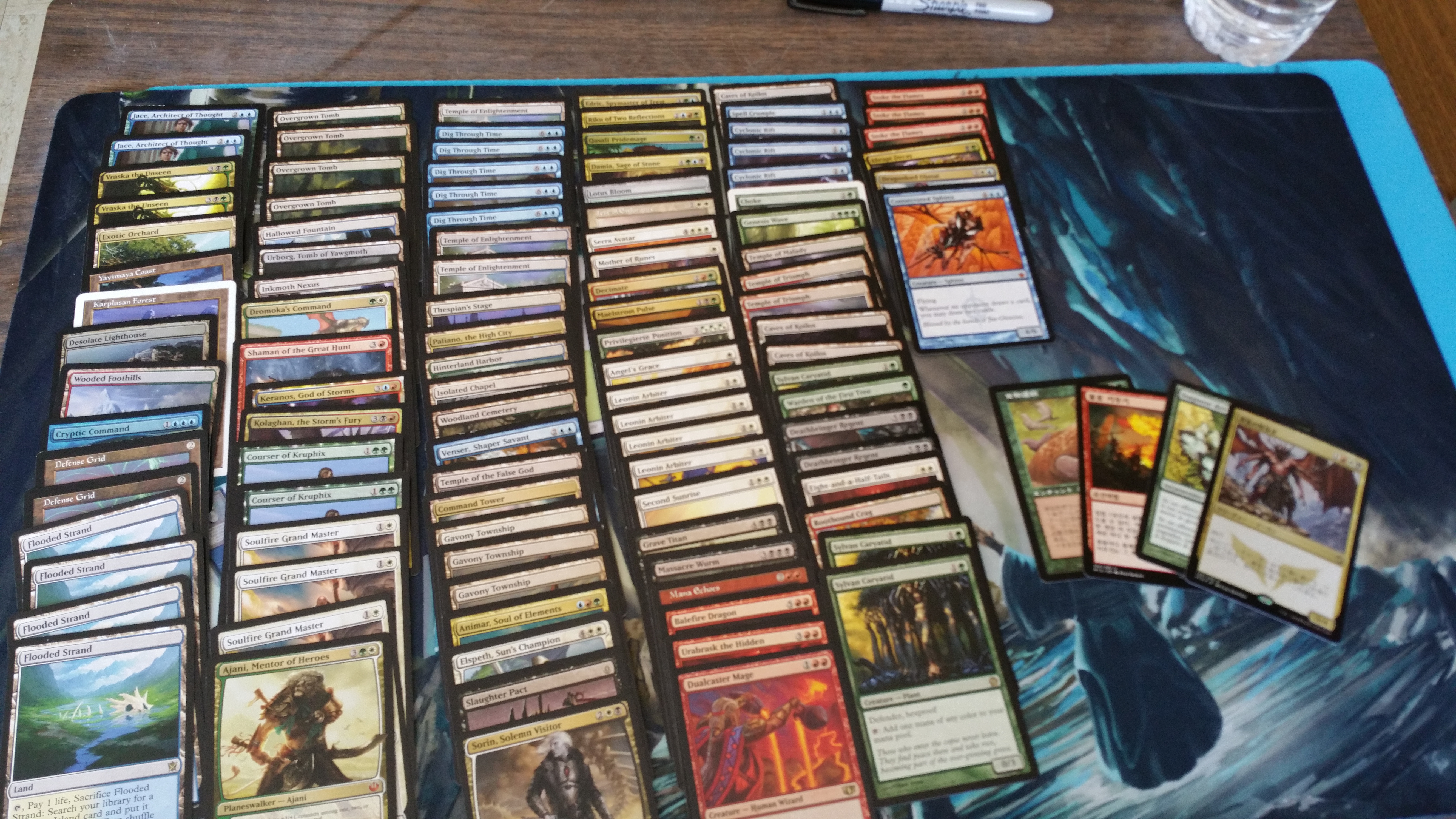Hello! My name is Ross, and I am a finance writer here at MTGPrice. It is my sincere hope that many of you reading this are new to my work, and possibly even this site.
Typically, my articles are reserved for ProTraders, but I elected to make this article free as an attempt to reach a much broader audience, including (ideally) people who don’t typically read finance articles. I am writing this because there is a very negative stigma regarding “Magic finance,”1 and it has seemingly only ramped up. I believe that a lot of people have very skewed and inaccurate notions of what Magic‘s ecosystem really looks like, and that is what drives a lot of this vitriol. My hope today (and in my body of writing as a whole) is to inform and educate, and hopefully this will help to dispel some of the misinformation.
Their Problems and Ours
It’s a common sight, especially lately, to see players bemoaning speculators as the limiting factor in accessing older formats. The first and most monumental truth that many people fail to acknowledge is that Magic‘s economy is driven in large part by the simple concepts of supply and demand. However, there is a serious wrinkle on the demand side of that equation, and it is something that I typically refer to as the “Zendikar Boom.”
Basically, the Magic population has grown extremely rapidly since the release of M10 and Zendikar (and, perhaps not coincidentally, Duels of the Planeswalkers), and that large player growth has had a radical impact on the prices of cards. Wizards has never liked to publish hard numbers, but we have a conservative estimate that there are over ten million currently active players, compared with the roughly five million from before M10. This means that the demand for Magic, in all forms, has gone up, while the supply has only gone up on newer products. Wizards prints based on their numbers and projections from previous sets, which is largely why Zendikar‘s first print run famously sold out shortly after release. They printed enough for X players, but Y showed up. Every year since, the print runs on new sets have increased, just trying to match the continuous growth in demand. On their end, it’s a great problem to have.
The problems on our end, however, are still being dealt with. Every set printed prior to the Zendikar Boom is now considered an “under-printed” set. Take, as a topical example, Serum Visions. Despite the fact that this card was a common, it currently retails for about $10. This is due, in part, to the fact that it was printed in 2004, long before the Boom2, and therefore much less prevalent than today’s commons. There are other factors that push this particular price to its current degree (chief among them being that Fifth Dawn overall just isn’t very good), but the card is not $10 because a shadowy cabal of dealers decided to make it $10.
In fact, you can tell that the demand for this card is strong because the margin between its buylist price (what a store will pay you for it) and its retail price (what they will sell it for) is smaller than average. Theoretically, a store will usually buy a card for half its retail price, and sell it for the full amount. Any time the buying price is higher than 50 percent, it typically indicates that the store sells enough of them that they just want to make sure they have enough copies in stock. If you know you’ll sell a card right away, why not pay 60 percent? The buylist price on Serum Visions has been high for a while now, and I’ve seen vendors getting very aggressive (paying higher margins) on buying them, which just tells me they don’t want to get caught without them.
Causes, Fixes, and Scapegoats
Things like Modern Masters are attempts by Wizards to get some of these older cards into circulation without warping the next several years of Standard trying to hamfist previous blocks into the mix. It is far from a perfect distribution system, however, and the lower print runs will hopefully ramp up over the next handful of iterations (you can expect these sets to come out every other year for the foreseeable future).
I’ve personally missed out on playing a lot of Modern because of card availability issues, so I sympathize with those players who have voiced similar pains. But—this is important—the problem is not caused by the finance community. Magic is over twenty years old, but in some ways, it is still experiencing growing pains: it is trying to facilitate play experiences for several different types of players with a back catalog that is nowhere near large enough to cater to them all, and there are more players coming every day. It is this universal increase in demand, enabled with the vast permeation of the internet, that has allowed the Magic finance community to blossom.
The Magic finance community has existed for much longer than many people care to admit. Even though the concept of “Magic finance” was first made popular by Jonathan Medina and his articles on Star City Games, there were people making or supplementing their living off of Magic cards long before him—it was just much more difficult. In order to trade or sell in large volumes, you needed to either travel to several large events, or have a brick-and-mortar store.
Nowadays, you still need to do one or both of these two things to be able to call Magic finance a job, but there are opportunities for the hobbyist financier3. The truth is, most speculators are people like myself: I don’t own a store, but I’ve been around long enough that I know to ferret away extra copies of cards that look promising in the long term. Every “spec” I make is with the implicit understanding that this card won’t be sold for at least two years, if not more. Take, for example, Akroma’s Memorial, a card that was hitting $20 prior to being reprinted in M13, which caused the card to drop below $5. Trading for a couple of copies at roughly four bucks a piece is a great deal now, but invested as well is all of the time I spent waiting to move them now for $8 on a buylist or just over 1100 Puca Points. This is the surest and safest way to grow your Magic nest egg, but it is very slow and only pays in order of scale. Buying just one Akroma’s Memorial and sitting on it is a great way to get a free trip to Taco Bell in the future, but it’s not a living.
Speculators Aren’t to Blame!
I think one of the main reasons people vilify speculators is because they are seen as the driving factor in the ever-rising tide of secondary market prices. This is both false and true. In terms of overall market impact, hobbyist speculators are a drop in the bucket, and anyone with a larger scale operation than the hobbyist is typically some form of vendor. This is a significant distinction, because unlike hobbyists, vendors can’t wait two years for every card they buy to come to roost. While some vendors will pull the trigger on things that they don’t plan to sell immediately (typically high-end stuff like Power, misprints, etc), they need to make sure that everything else can move—the bills won’t pay themselves4.
On the other hand, the largest vendors (think Star City), have the capacity to buy more of these long-term targets, since they are doing so much business on a weekly basis (across the country!) that they can afford to buy and sit on more stuff. Star City is the largest vendor on Earth, which conveniently also makes it the largest speculator on Earth. It has both the capital and the exposure to buy everything it wants, without the concern of tying up too much in one card. I can’t buy a Mox Ruby and go about my merry way, but Star City can. And even though it’s hard to find Deathmist Raptors in my local area, Star City can buy every single one that comes across its tables (for buylist prices!) and sell them to anyone with an internet connection. Vendors have access to tools that hobbyists don’t, and the big vendors have tools that the smaller vendors don’t (you know, like their own national tournament series).
The natural check in the system is that when people begin to out their cards, the supply on the market is being increased. One of the reasons why shock lands from Return to Ravnica have not shot up post-rotation (there are a few) is because so many of the people who went deep on them are moving them to recoup their investments to move somewhere else. The new shock lands have stayed pretty steady (there are a lot of them, after all), so most people are happy to move them and free up opportunity capital.
Not That Everything’s Peachy
Where speculating has become an issue, however, has been with Reserve List cards. (We are not going to get deep into the Reserve List debate, because I went way over my word count last week, and I don’t want my editor or his family to hate me.) That being said, the list, as well as the inherent rarity of early sets, has definitely created opportunities for individuals or small groups to profoundly impact a card’s market value. When I say the card name Animate Wall, does anything come to mind? If you have a knowledge of the rarities market, then you know that there is an individual (I can’t recall his or her name) that collects Alpha Animate Walls, and owns a sizable percentage of them. In fact, if you own 11 copies of any Alpha rare, you own one percent of all printed copies. This is the reason why even the worst rares from Magic‘s debut set are worth over $100: there are so few available that it is possible for single entities to shift the entire market.
Of course, most people don’t feel the need to own cards like Roc of Kher Ridges or Animate Wall (which is actually not on the Reserve List), but it is certainly throttling the growth of proxyless Vintage (and certain Legacy decks). It is an unfortunate situation that is exacerbated by Magic‘s incredible growth over these last few years—one without a simple solution.
The good news is that in order to move the needle on something like Underground Sea (which was printed in Revised), you would need a much larger scale investment than something that only made it to Unlimited (say, Ancestral Recall). While Sea is played in more formats and, by extension, more players, the capital required to make a serious investment in copies would be staggering, on the order of, “Maybe you should go buy some real land instead.” I don’t know how many Siege Rhinos or Deathmist Raptors you would have to purchase to own one percent of all that were ever printed, but I can tell you it is a hell of a lot more than eleven.
BRIEF BUYING ASIDE: As a tip to all of you, I recommend only acquiring things like dual lands in person. There are so few that are truly in near-mint condition that you are more likely to be able to talk down to a better cash price. I personally have never bought a dual land that wasn’t a deal, and I don’t think you should either.
Hopefully, today’s article has helped to dispel some of the anger and suspicions that people cast on the Magic finance crowd. I know that this topic far exceeds what I have written here today, so I encourage you post any follow-up questions you have in the comment section below. I am always happy to respond to reader questions, and I try to check the section frequently over the weekend. If you take one thing away from this piece, it should be the following: Magic cards are expensive because Magic is more popular now than it has ever been before5, and even though speculators and the finance community are viewed as the carpet-bagging profiteers, they are largely just the small fish in Star City’s pond. The fault, dear Brutus, is not in our cards, but in ourselves.

I hope you enjoyed my article today, and thanks for reading.
Best,
Ross
1 I’m not in love with this term.
2 In fact, a lot of players were scared away at this time- can you guess why? It rhymes with “Barcbound Bavager.”
3 I am even more not in love with this term.
4 Unless you have, like, auto-pay or something.
5 Even more so than when it was referenced on The OC! I know, right?!
